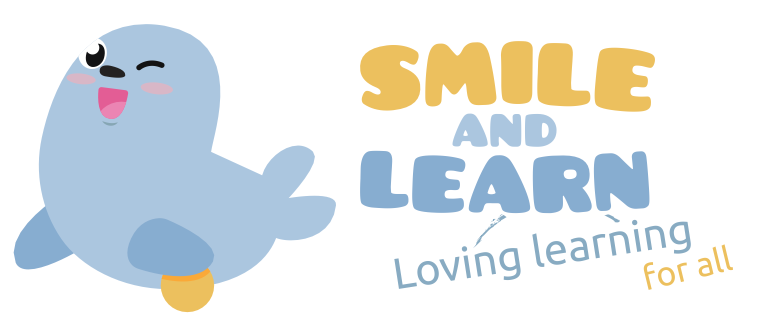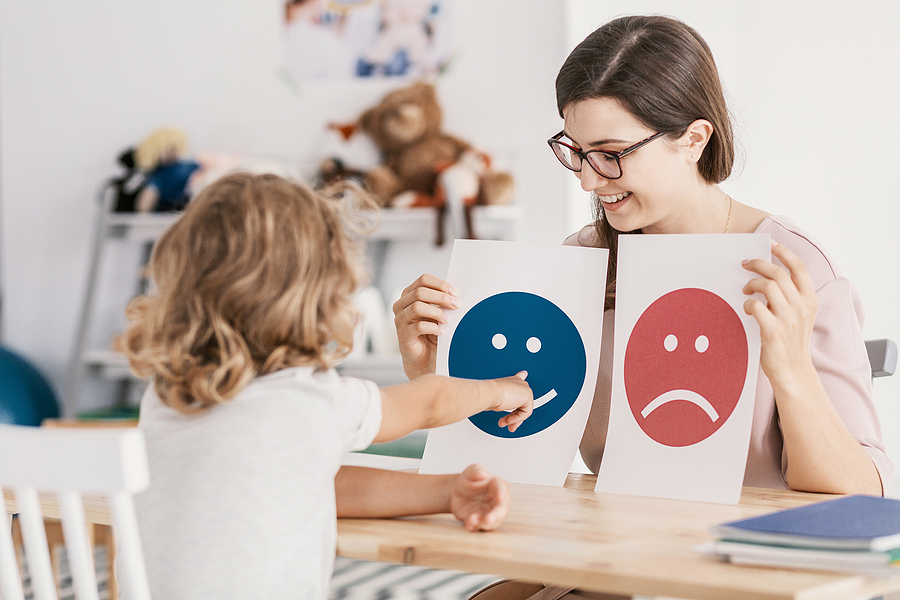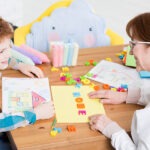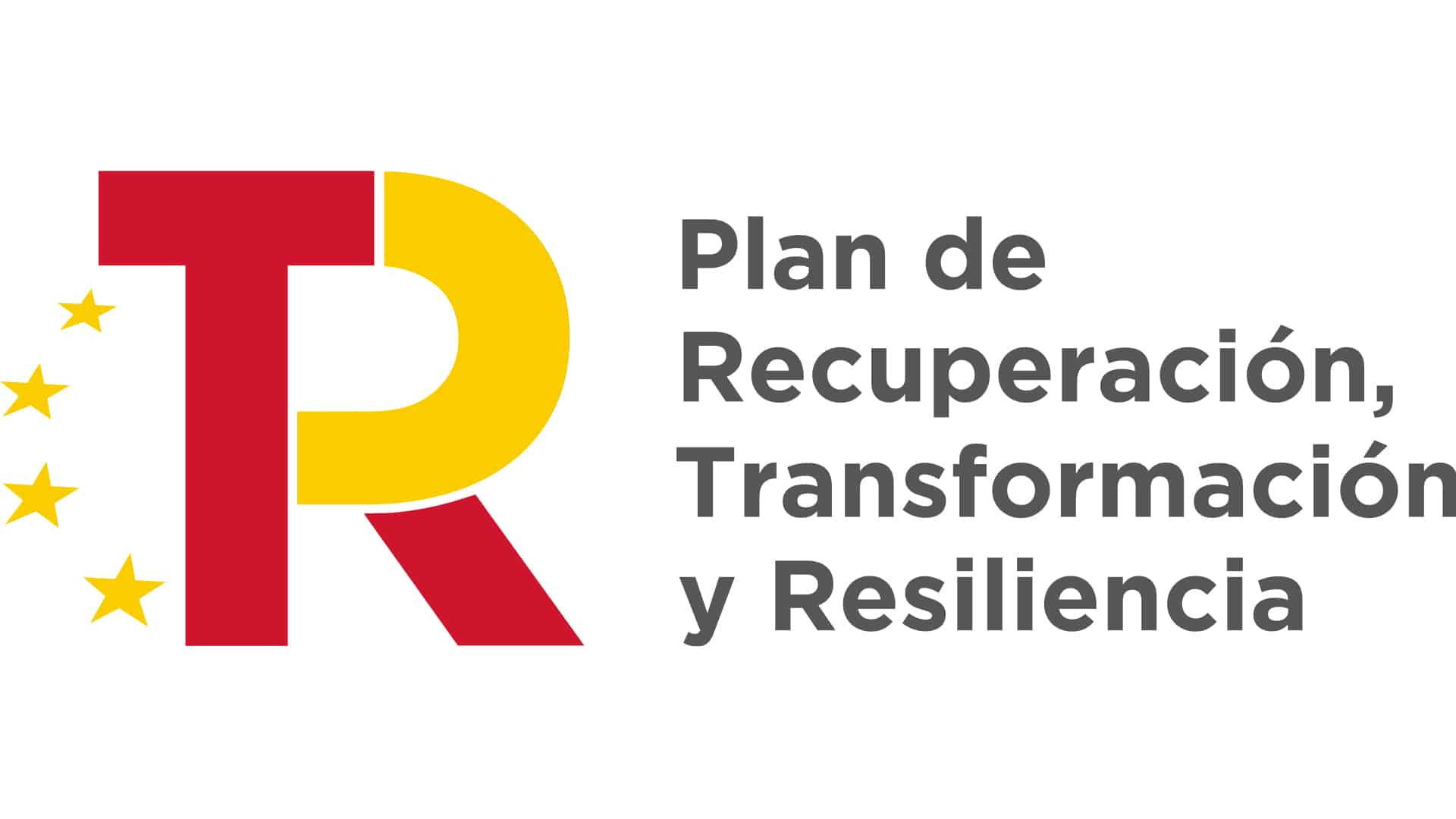The classroom is much more than a space for academic learning; it is a dynamic environment where emotions play a crucial role in students’ development and social interactions. Research consistently shows that effective emotional education in early years significantly improves self-esteem, strengthens social skills, and contributes to better academic performance. Additionally, equipping students with the ability to identify and manage their emotions reduces stress levels and cultivates a more positive, collaborative, and supportive classroom atmosphere.
Whether addressing conflicts that arise in class, navigating social interactions, or managing everyday challenges, it is essential for students to develop the ability to recognize, express, and regulate their emotions in a healthy and constructive way. Emotional awareness and self-regulation not only contribute to a more harmonious classroom environment but also equip students with essential life skills that support their personal growth and future success. To foster this vital process, educators can incorporate interactive resources and structured activities specifically designed to promote emotional intelligence in an engaging, accessible, and meaningful manner. By integrating these tools into daily learning experiences, students can build resilience, enhance their communication skills, and develop a deeper understanding of their emotions and those of others.
Resources for Teaching Emotional Education in the Classroom in Primary School
Personalized learning allows each student to develop their emotional intelligence at their own pace. Effective socio-emotional education resources often include:
- Interactive stories and activities that facilitate the exploration and understanding of various emotions.
- A personalized approach that adapts content to each student’s developmental level and individual needs.
- Real-life scenarios and practical exercises that encourage reflection and informed emotional decision-making.
- Progress monitoring to track individual growth and adjust learning strategies accordingly.
Interactive Storytelling: A Powerful Tool for Emotional Development
Children’s literature plays a fundamental role in children’s emotional development. Through stories and their characters, they learn to recognize and understand their own emotions, as well as those of others. Stories allow them to explore a wide spectrum of feelings—from joy and love to fear and sadness—in a safe and controlled environment. By identifying with the characters, children can reflect on their own experiences and find healthy ways to express and manage their emotions.
Interactive stories, where students make decisions that influence the narrative and its outcome, are particularly effective in promoting emotional education. This type of resource allows children to:
- Explore different emotional perspectives: By making choices within the story, students experience a range of emotions and their consequences, fostering empathy and critical thinking.
- Practice conflict resolution: Choosing how to respond to specific situations helps students develop coping mechanisms and emotional regulation skills.
- Increase active participation: As protagonists of the story, students feel more engaged in the learning process and in reflecting on their own emotions.
- Strengthen decision-making skills: The choices presented in the story help children understand how their actions impact others and influence the resolution of a situation.
These interactive stories can be effectively complemented with self-regulation activities and group dynamics to further enhance learning and encourage emotional expression in the classroom.
What’s New in Smile and Learn: Advancing Emotional Education
In its latest update, Smile and Learn has introduced new content designed to deepen the recognition and management of emotions. This expansion includes interactive activities and multimedia resources that help students identify their own feelings and those of others, as well as strategies to handle various emotional situations. One of the highlighted new features is the addition of interactive stories where students can create their own comics, making decisions about the characters’ actions. This innovative tool allows them to reflect on how the protagonists feel in different scenarios, fostering empathy and emotional awareness.
Integrating emotional education strategies into the classroom promotes a more inclusive and balanced learning environment. It empowers students to develop essential tools for their overall well-being and to build positive and meaningful relationships with others.

If you haven’t tried our educational platform yet, you can do so through the following link.

















